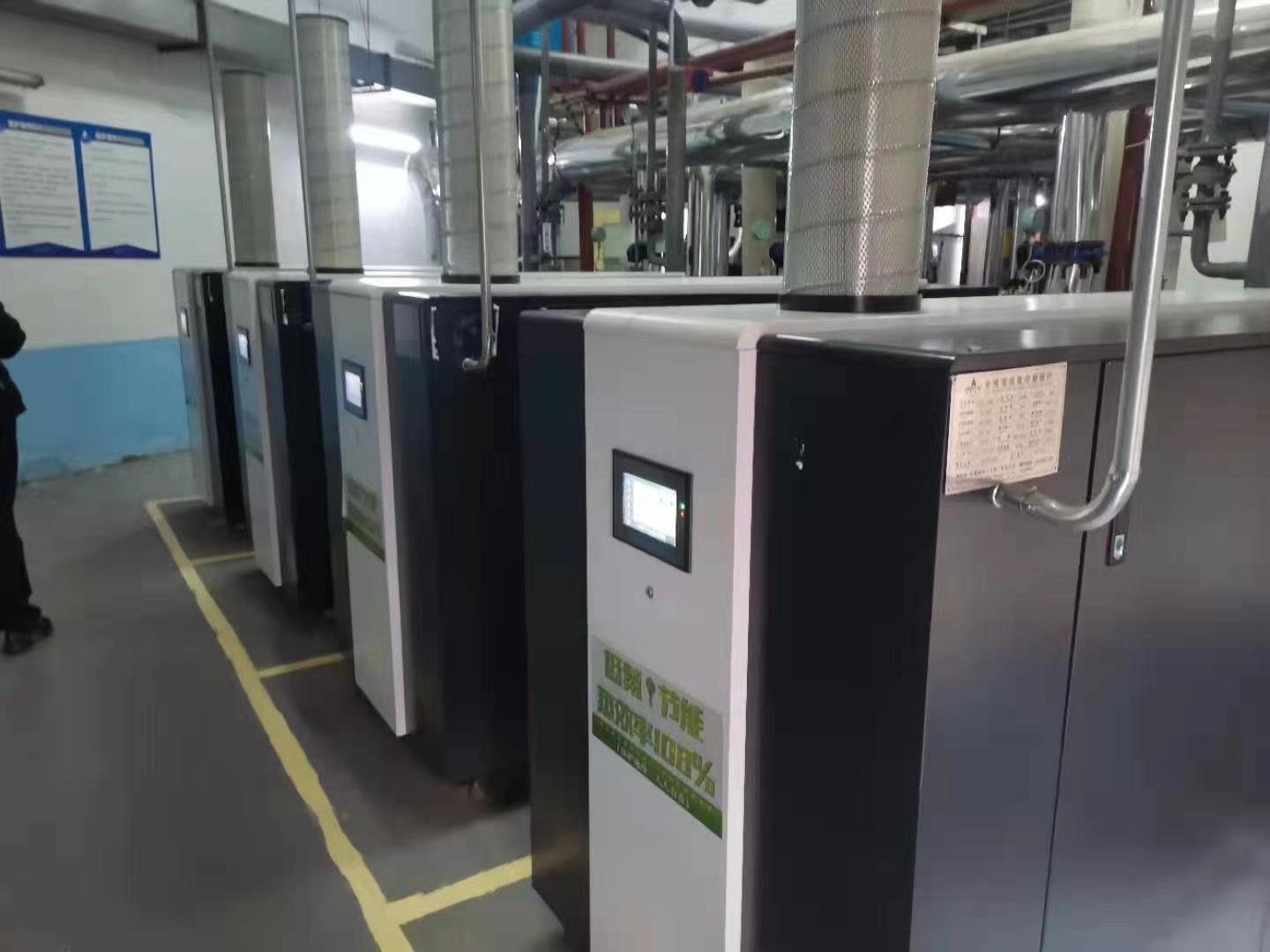دسمبر . 09, 2024 21:50 Back to list
Aluminum Casting Mold Design Techniques and Best Practices for Optimal Results
Understanding Molds for Aluminum Casting
Aluminum casting is a vital process in various industries, ranging from automotive to aerospace and consumer goods. The quality of the final product largely depends on the mold design and the casting techniques used. This article delves into the importance of molds in aluminum casting, their types, materials, and design considerations.
The Importance of Molds
Molds are the core element in the aluminum casting process. They define the shape, dimensions, and surface finish of the cast part. A well-designed mold ensures that the aluminum flows smoothly, while capturing intricate details and maintaining dimensional accuracy. The quality of the mold can significantly affect the overall efficiency of the casting process, influencing factors such as cycle time, material wastage, and the need for subsequent finishing processes.
Types of Molds
There are several types of molds used in aluminum casting, primarily categorized into three sand molds, metal molds, and investment molds.
1. Sand Molds These are the most commonly used molds in aluminum casting, particularly for low to medium production volumes. Made from a mixture of sand, clay, and water, they are inexpensive, easy to create, and capable of reproducing complex geometries. However, sand molds generally offer lower dimensional accuracy compared to metal molds.
2. Metal Molds (Die Casting) Metal molds, particularly made from steel or aluminum, are used in high-volume production scenarios. They provide excellent dimensional stability and surface finish, making them ideal for manufacturing parts that require precision. While more expensive due to the initial setup costs, metal molds result in quicker production times and reduced labor costs in the long run.
mold for aluminum casting

3. Investment Molds This method employs a wax or polymer pattern that is surrounded by a ceramic shell. Once the shell hardens, the pattern is melted away, leaving an intricately detailed mold for aluminum casting. Investment molding is perfect for complex shapes that require fine details and smooth surfaces, making it widely used in specialized applications.
Material Selection for Molds
The materials chosen for molds have a considerable impact on their performance. For sand molds, the key is a balance between strength and permeability, allowing gases to escape during the pouring process. For metal molds, characteristics such as thermal conductivity, hardness, and corrosion resistance are critical. Steel is commonly used for its strength and durability, while aluminum molds are lighter and can be more cost-effective for shorter production runs.
Design Considerations
When designing a mold for aluminum casting, several factors must be considered. The mold must incorporate features such as draft angles to facilitate part removal, proper gating systems to manage the flow of molten aluminum, and cooling channels to ensure even cooling, which minimizes warping. Additionally, it is crucial to account for shrinkage of the aluminum as it cools, which affects the final dimensions of the cast part.
Conclusion
In conclusion, molds are integral to the aluminum casting process, playing a crucial role in determining the quality and efficiency of production. Understanding the various types of molds, material properties, and design considerations can help manufacturers optimize their casting processes. As industries continue to seek lighter and more efficient materials, innovations in mold design will remain at the forefront of aluminum casting technology, enhancing product performance and production capabilities.
-
Centrifugally Cast Iron Water Main Pipe | Ductile Iron Solutions
NewsAug.24,2025
-
Durable Cast Steel Concrete Pipe Mold Bottom Rings & Base Trays
NewsAug.23,2025
-
Centrifugally Cast Iron Water Main Pipe for Reliable Mains
NewsAug.22,2025
-
Durable Centrifugally Cast Iron Water Main Pipe
NewsAug.11,2025
-
Centrifugally Cast Iron Water Main Pipes for Reliability
NewsAug.10,2025
-
High-Quality Centrifugally Cast Iron Water Main Pipes
NewsAug.09,2025


